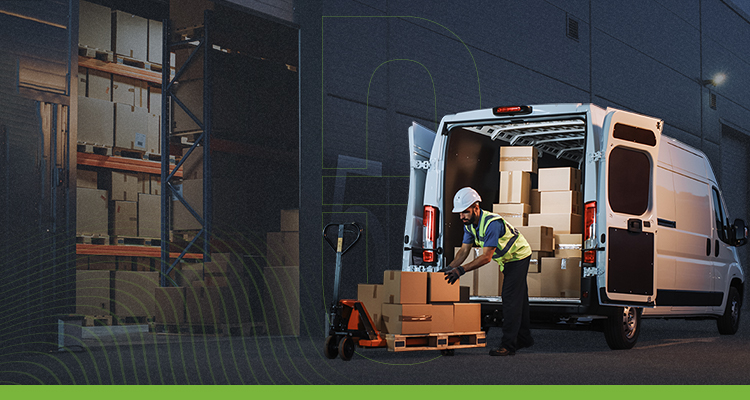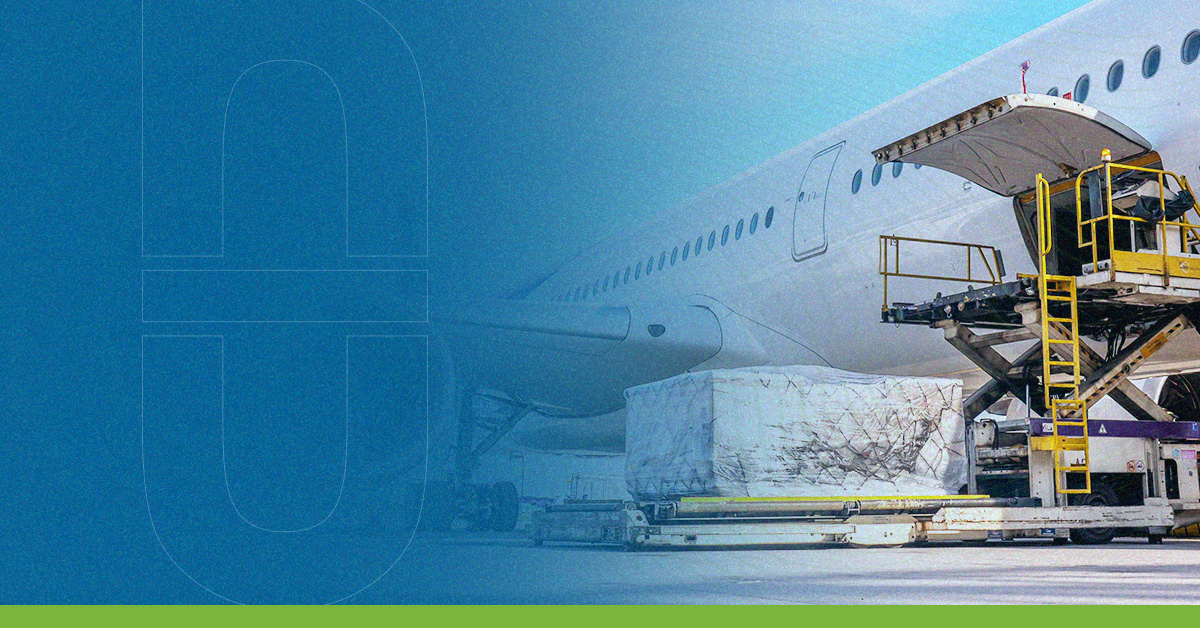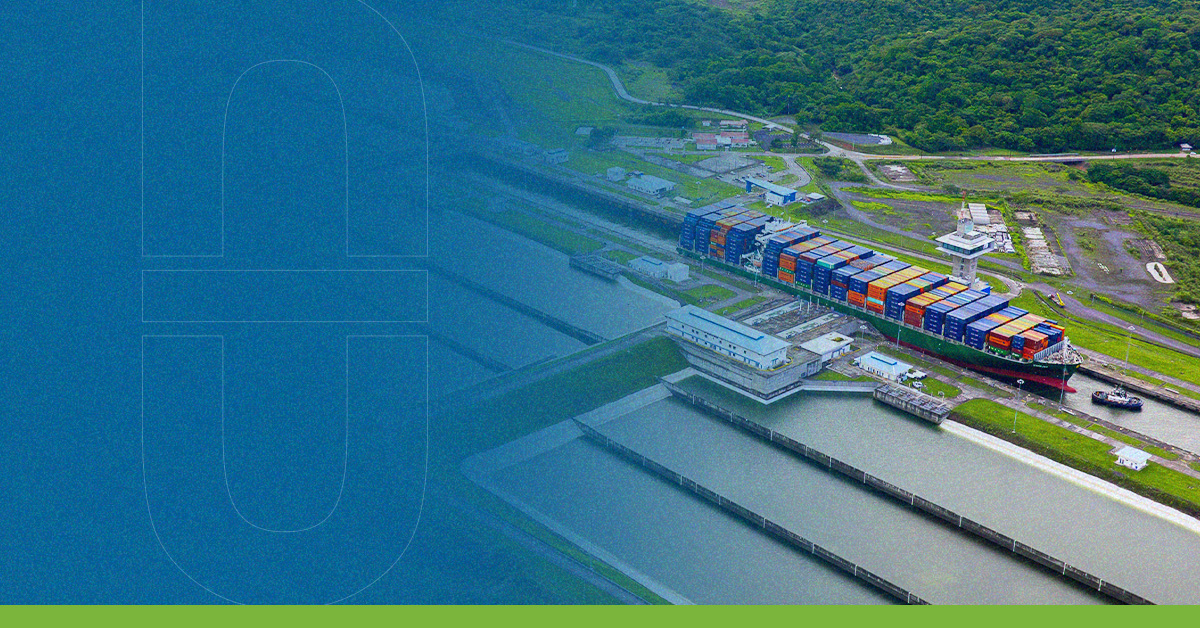In recent years, cross docking has been a priority model for companies dedicated to logistics services that want to increase their efficiency, but at the same time reduce operating costs, especially in the case of small and medium-sized carriers. Obtaining a series of benefits that make it extremely necessary in a market as complex as today.
What is it?
Basically, cross docking is the simplification of shipping processes by reducing considerable time in tasks such as handling, storage and transportation of goods, with the idea that they reach their destination in a faster and more direct way. We can say that this logistics strategy seeks to reduce operating costs, but at the same time increase the efficiency and quality of the delivery service in general thanks to a delivery with fewer intermediaries.
Types of Cross Docking:
- Direct: Also called pre-distributed, it is one in which the merchandise does not receive any type of modification from the moment it leaves the production center until it reaches the point of destination of the buyer.
- Indirect: In this variant, the merchandise does arrive at an intermediate location that would be the logistics company in charge of its reception, handling and transport to the final destination.
- Hybrid: This type is the combination of direct and indirect, since newly received goods are handled together with those that are already previously stored and require greater coordination between the different parties responsible in the process.
Although there are three well-defined variants, the process to carry out each of them will be practically the same.
Stages of this logistics model
For a correct implementation of cross docking it is advisable to follow the stages in order to guarantee efficiency and success in logistics processes:
- The pace of distribution of the goods by the providers has to be planned and coordinated.
- The goods are received in the warehouse.
- A detailed record of the cargo received is carried out for the purpose of achieving an efficient quality control.
- Finally, we proceed with the packaging and transport of the goods to its final destination.
Advantages of implementing these phases in an orderly manner
- Significant reduction in shipping times.
- Decrease in operating costs due to a smaller number of intermediaries.
- Simplification of storage processes.
- Reduction of possible damage or loss of merchandise thanks to the short time of the whole process.
At ONUS Insurance we know the importance of taking out insurance with broad coverage that contemplates the possible risks of new logistics models such as cross docking. Contact us and we will help you find the best solution for the protection of your merchandise.
Fuentes:
‘’¿Qué es el cross docking y para qué sirve?’’. Esan Business.
‘’Cross docking en logística ¿qué es y para qué sirve?’’. Beetrack.
‘’Ventajas del cross docking en logística y cómo implementarlo’’. Controla.
‘’¿Qué es el cross docking en la logística y cuáles son sus ventajas?’’. Logycom




